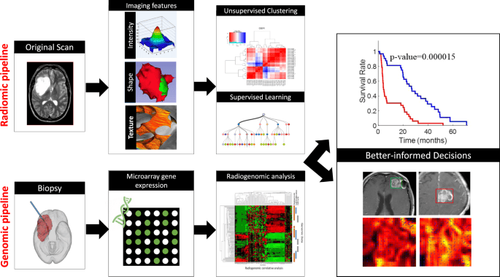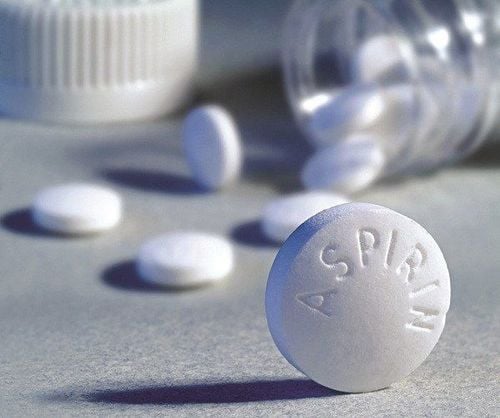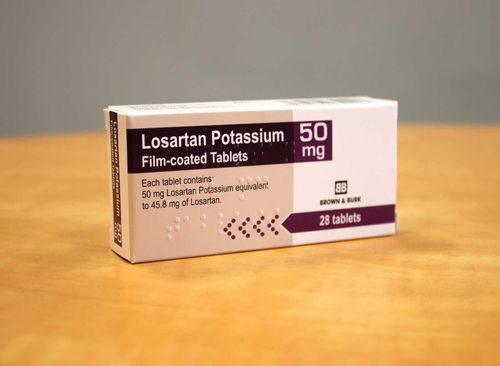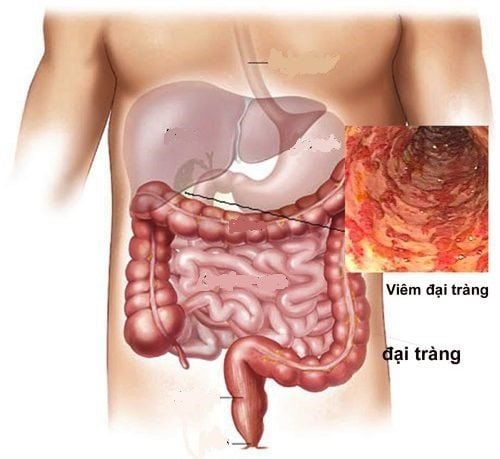This is an automatically translated article.
The article was consulted with Dr. Tran Hoang Ngoc Anh, Head of Neurosurgery Department, Department of General Surgery - Vinmec Central Park International General Hospital.Stroke is a neurological condition that occurs due to vascular causes. Magnetic resonance imaging (MRI) with modern technology is considered a "golden" tool for brain stroke screening.
1. Two main types of stroke: Hemorrhagic stroke and cerebral infarction
Doctor Tran Hoang Ngoc Anh, Head of Neurosurgery Department, Vinmec Central Park International General Hospital (HCMC) said: There are 2 main types of stroke: cerebral hemorrhage (due to broken blood vessels in the brain) and infarction brain (due to cerebral artery occlusion).
With bleeding in the brain: The most common cause is hypertension, less common such as ruptured cerebral aneurysm, amyloid angiopathy, coagulopathy,...
With cerebral infarction: The most common causes are cerebral atherosclerosis, cardiovascular diseases that cause blood clots in the heart (such as atrial fibrillation, rheumatic heart valve disease, severe heart failure,...), small blood vessel diseases of the brain. (usually due to hypertension, diabetes,...). In about 25% of cases, no exact cause can be found.
It should be noted that a stroke occurs without warning. When there are sudden signs of mouth distortion, slurred speech and hemiplegia, or any sudden disturbance of neurological function, it is necessary to be on the lookout for a stroke and should go to the hospital immediately, to avoid missing time. gold stroke emergency.
There are some people who suddenly distort their mouth, slurred speech, and have hemiplegia, then fully recover (usually within 24 hours). This is another type of stroke (called a transient ischemic attack), which is not a warning sign. This case should be investigated and treated like a normal acute stroke.
2. Who needs stroke screening and by what methods?
According to Dr. Tran Hoang Ngoc Anh, stroke screening is screening for causes and factors that easily lead to stroke such as: hypertension, diabetes, atherosclerosis, cardiovascular disease, ..
With each specific case, the doctor will assign the appropriate survey. Usually, including monitoring blood pressure, blood sugar, blood fat, cardiovascular disease, atherosclerosis, ABI index,... In some situations, the doctor may order a CT/MRI scan of the brain and Cerebral vascular disease, screening for diseases that easily cause hyperactivity,...
Healthy people, how to screen for stroke?
Doctor Tran Hoang Ngoc Anh said for the elderly, especially those with underlying diseases such as hypertension, diabetes, ... or have bad habits, unhealthy lifestyle such as smoking Smoking, drinking a lot of alcohol, being sedentary,... all should be screened for stroke. For people who are healthy and have no risk factors, it is advisable to have regular check-ups every 6-12 months.
People who have had a stroke, how are they screened?
For people who have had a stroke, the risk of having another stroke is higher than that of healthy people. The goal of screening with this group is to find causes that cause blood clots to block a cerebral artery or cause a brain vessel to burst similar to those in the case of a non-stroke: Cerebral artery stenosis, hypertension, diabetes. diabetes, heart disease, artery dissection,...
With this group, doctors often recommend medication to reduce this risk. In addition to taking medication as prescribed, patients need regular follow-up visits to adjust medications and control underlying diseases to achieve optimal prevention goals. If you have high blood pressure or diabetes, your doctor will prescribe medication to lower it, along with lifestyle changes.
In some cases, people who have had a mild stroke due to narrowing of the carotid artery may be indicated for carotid endarterectomy to remove the plaque that is causing the narrowing of the carotid artery to prevent another stroke. broadcast. In addition, doctors can treat narrowed carotid arteries without surgery with a procedure called angioplasty, which uses a balloon and stent to open up the artery.
Usually, stroke prevention drugs have to be taken for a long time, almost for life. Therefore, the patient must adhere to the treatment, not arbitrarily stop the drug or change the dose. If there is an abnormality during treatment, you should return to the doctor to re-evaluate and adjust if necessary. Patients should not arbitrarily change the course of treatment.
3. Magnetic resonance imaging - MRI/MRA - a "golden" tool for brain stroke screening
Currently, MRI is used to check the condition of most organs in the body, especially valuable in detailed imaging of the brain or spinal nerves. Due to the good contrast and resolution, MRI images allow to detect abnormalities hidden behind bone layers that are difficult to recognize with other imaging methods. MRI can give more accurate results than X-ray techniques (except for DSA angiography) in diagnosing brain diseases, cardiovascular diseases, strokes,... Moreover, the process MRI scans do not cause the side effects seen in X-rays or computed tomography (CT).
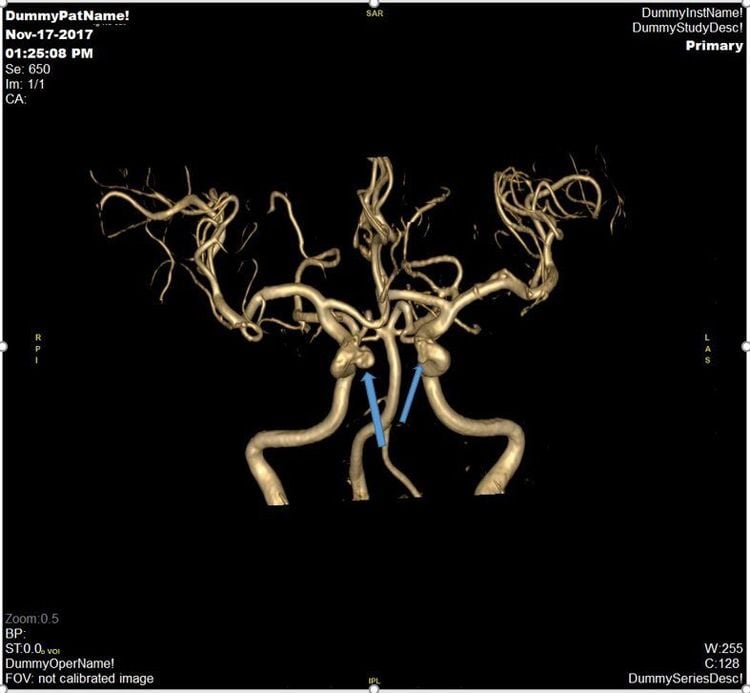
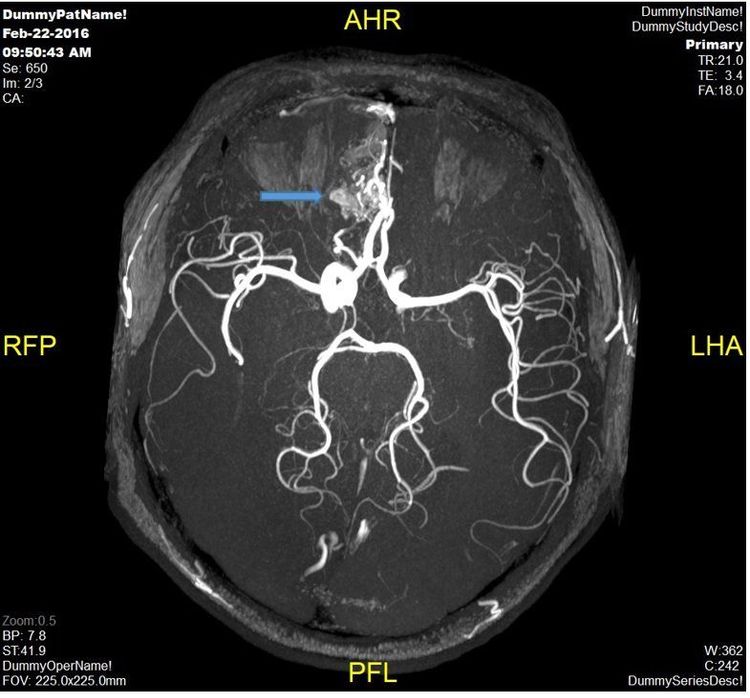
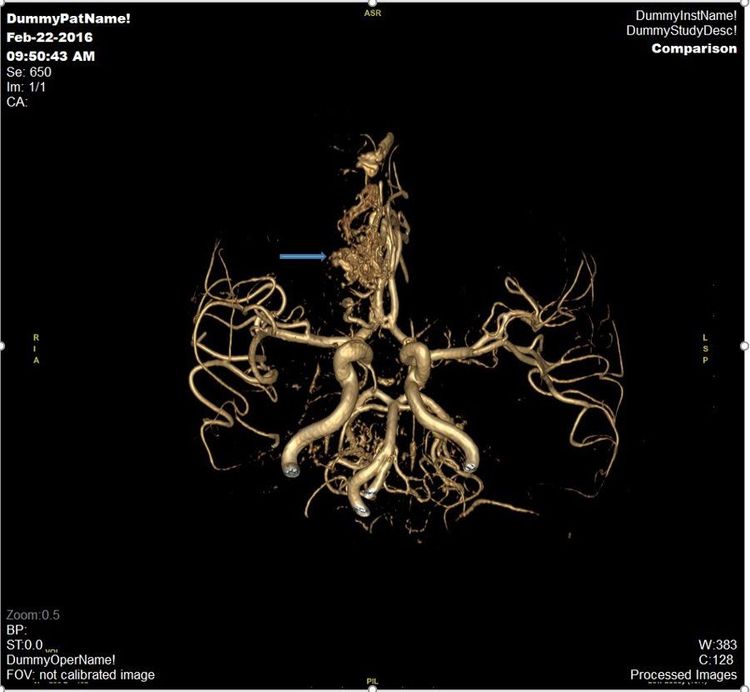
To screen for stroke, Vinmec doctors can prescribe brain MRI without injecting magnetic contrast, with 3D MRA TOF pulses, supplemented with Axial T2W and or axial FLAIR pulses for 7 minutes, helping to detect present brain aneurysm lesions, cerebral arteriovenous malformation, dural arteriovenous fistula, cerebral artery stenosis and some abnormalities in brain parenchyma. When there is an abnormality on the cerebral blood vessels, the doctor will prescribe a magnetic contrast pump to investigate more cerebral vascular imaging (MRA). From there, there is an accurate assessment of the shape and size of the abnormality to give appropriate treatment indications.
The 3.0 Tesla MRI system at Vinmec hospitals across the country is equipped with state-of-the-art equipment by GE Healthcare (USA) with high image quality, allowing for a comprehensive assessment, not missing the damage but reducing the damage. shooting time. Silent technology helps to reduce noise, create comfort and reduce stress for customers during shooting, resulting in better image quality and shorter shooting time.
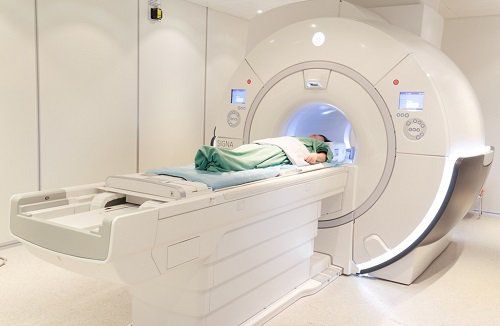
With the state-of-the-art MRI system and the application of modern cerebral vascular intervention methods, a team of experienced and well-trained neuroradiologists and specialists, Vinmec is the address for risk examination and screening. Prestigious stroke engine trusted by customers. In the past time; Vinmec has successfully treated many cases of stroke in a timely manner, leaving no sequelae: saving a patient's life with 2 consecutive strokes; Responding to foreign female tourists to escape the "death door" of a stroke;...
Please dial HOTLINE for more information or register for an appointment HERE. Download MyVinmec app to make appointments faster and to manage your bookings easily.





